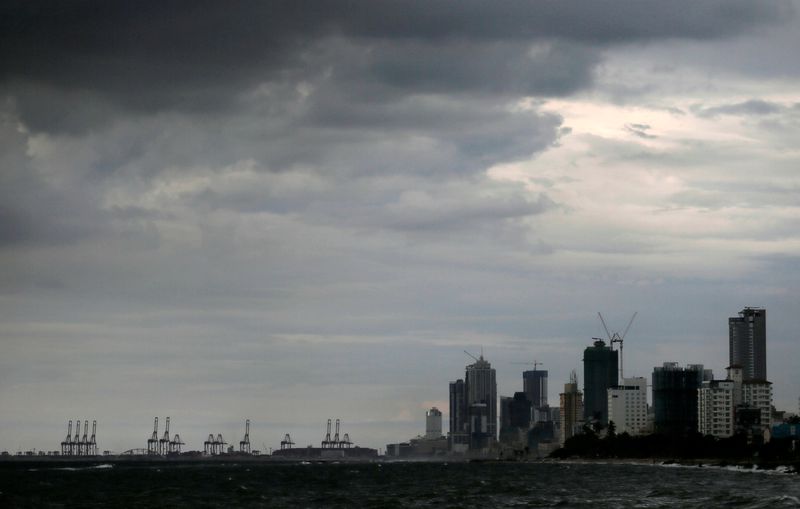COLOMBO (Reuters) - Sri Lanka's government rejected a proposal from its international bondholders on Tuesday on restructuring the more than $12 billion the country owes to them.
It means a near two-year spell in default will drag on for Sri Lanka and that the country's next tranche of vital IMF support money could potentially get delayed.
Below is a timeline of the key events in the crisis and the efforts to resolve it:
2021-2022: Sri Lanka's economy crumbles after years of overspending leaves its foreign exchange reserves critically low and the government unable to pay for essentials, such as fuel and medicine.
The country's bonds suffer from multiple downgrades by credit rating agencies warning of the increasing risk of default. At the start of 2022 it manages to make a $500 million bond payment but it leaves its foreign exchange reserves precariously low.
MAY, 2022 - Sri Lanka is declared in default after it fails to make a smaller $78 million bond coupon payment.
JULY, 2022 - Public anger drives protesters to storm then-President Gotabaya Rajapaksa's office and residence. Rajapaksa flees to the Maldives, before moving on to Singapore.
Current President Ranil Wickremesinghe is voted into power by Sri Lankan lawmakers.
MARCH, 2023 - The International Monetary Fund approves a near $3 billion bailout for Sri Lanka after talks with Wickremesinghe's government and assurances about its plans to repair the country's finances.
OCTOBER, 2023
Sri Lanka announces an agreement with China's EXIM (export/import) Bank to delay payments on about $4.2 billion worth of loans the Chinese lender it has extended to the country.
NOVEMBER, 2023
Other creditor nations including India, Japan and France agree to restructure about $5.9 billion in debt.
MARCH, 2024
A group of Sri Lankan officials arrives in London to meet with a number of investment funds that hold its more than $12 billion worth of government bonds. Talks advance to the key "restricted" phase where proposals are discussed privately and those involved agree not to buy or sell any of the debt on the open market.

APRIL, 2024
The government rejects a proposal tabled by the bondholders. The main stumbling blocks are that some the "baseline" assumptions used differ to those of the IMF and that the plan did not include a contingency option for the government in case the economy fails to recover as expected.